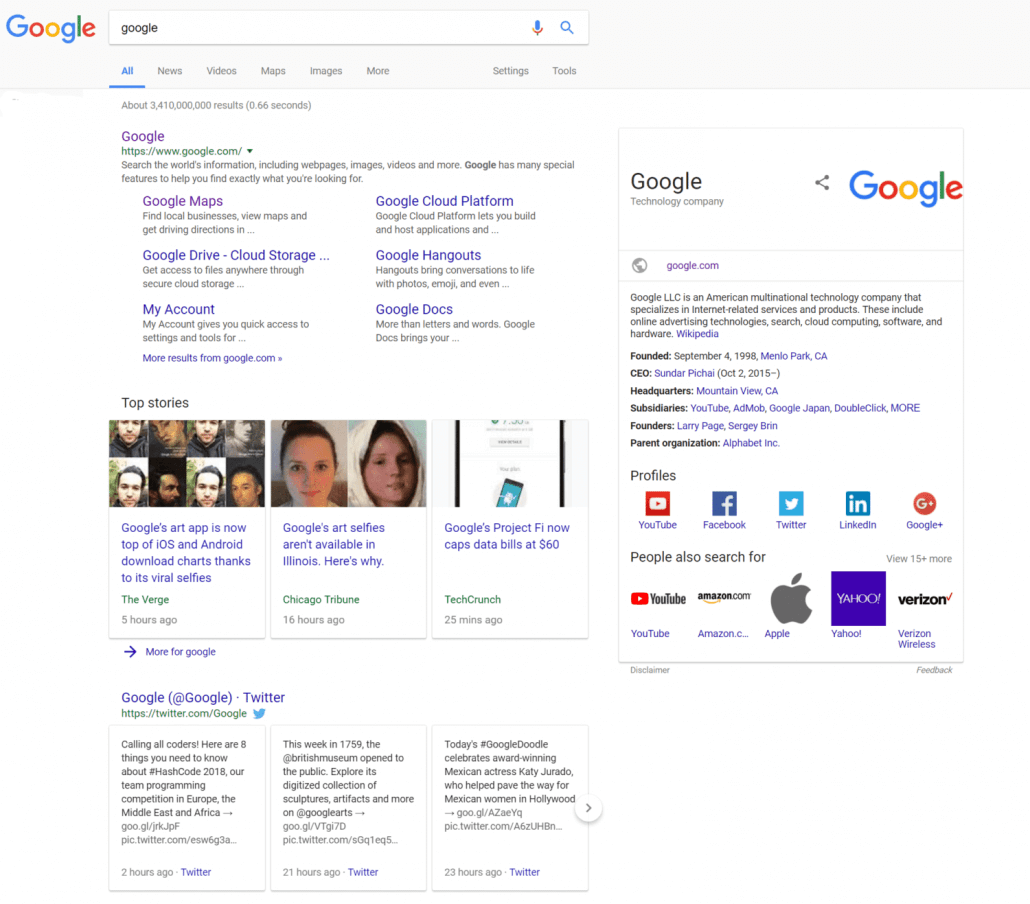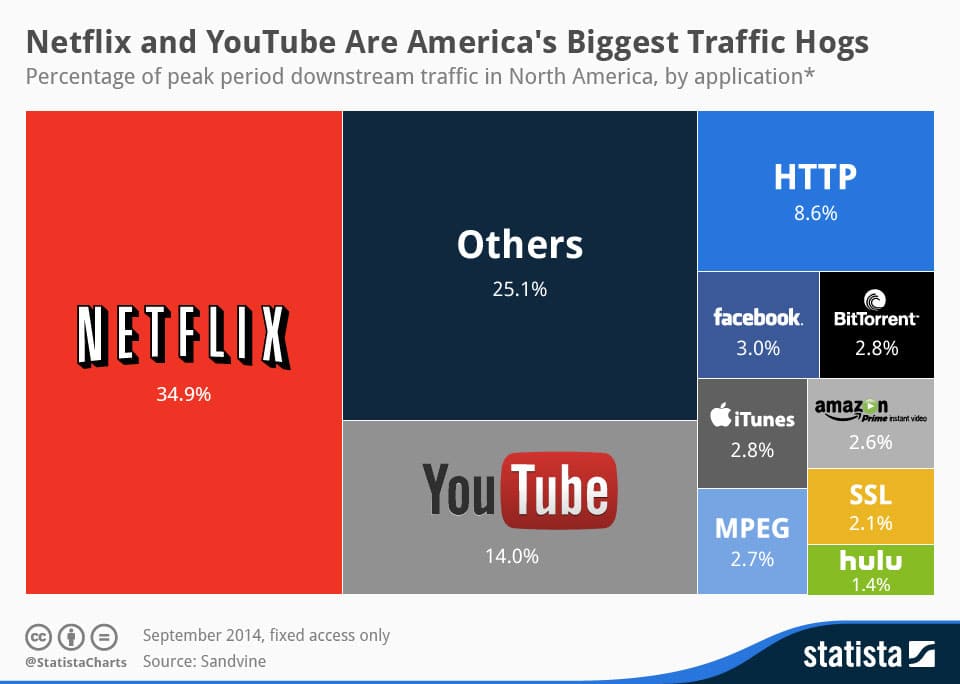Small Business SEO for 2018 – What You Need to Do to Rank High in 2018
Small Business SEO is a field that is constantly changing. Google updates its algorithms 500 to 600 times each year. As search engines update their algorithms, website owners and internet marketers must update their search engine ranking strategies. To improve SEO results in 2018, a small business will need to understand advanced and implement SEO strategies related to SERP features, RankBrain, Voice Search, Mobile-first Indexing, AMP, Structured Data, SSL, Video Content, and Content Marketing.
Small Business SEO for 2018 – What You Need to Do to Rank High in 2018
Embrace Advanced SERP (Search Engine Results Page) Features
Google’s search results pages used to be just a listing of websites plus PPC (pay per click) ads. Now there’s a lot more going on. There’s the Knowledge Graph, carousels, featured snippets, answer boxes, Google My Business page, and many new places that your small business website can appear in.

These new SERP features are important for SEO and important for small businesses because all of this appears before any of the traditional organic search results. If you are a small business or non-profit organization, it’s important that you embrace this and try to get implement the following strategies to land your content within these new SERP features:
- Write Q&A content – Google often picks results that contain both the question asked in the answer box as well as its solution. Make sure you include both in your content.
- Use lists, tables, and graphs – These types of content are more likely to be used than just plain text.
- Add rich snippets and structured data – this means adding markup (code) that tells Google additional information about different parts of your content.
Understand How to Serve RankBrain
RankBrain is the AI that Google uses to sort search results. The two things that RankBrain cares most about are:
- Dwell time – the amount of time users spend on your website
- Click-through rate – rate of searchers who end up clicking on your result
To increase click-through rate, focus on improving SEO titles, URLs, and meta descriptions. Next, you can read our post on how to keep visitors on your site longer.
Prepare for Voice Search
People use speech to perform internet searches. In fact, as early as 2016, 40% of adults performed at least one voice search per day. Voice searches make up 20 percent of searches on mobile devices.
These figures have probably increased by now thanks to the Internet of Things and Siri and Alexa.
Search engines recognize this and have already started to optimize for voice search. To get your website ready for voice search:
- website copy needs to be good to listen to
- conversational queries will be more common so websites will also have to use more natural language
The first step in preparing for voice search should be to try and read your website content aloud.
Mobile-first Indexing
In 2016, Google announced it was working on a mobile-first index. That means, instead of looking at your website through the eyes of a desktop user, Google will start looking at it as the user of a mobile device.
If the content is not optimized for mobile – meaning not accessible from a mobile device – it will be disregarded completely. If you do not yet have a responsive website, it is now time for a redesign.
Google has not yet said exactly when they will make the switch, but it’s important for small businesses to be prepared for this ahead of time.
Set Up Accelerated Mobile Pages (AMP)
AMP is one of Google’s pet projects that aims to deliver search results to users even faster.
While AMP is not an official ranking factor, it does drive traffic and thus rankings. Read our blog post about AMP for more information.
Add Structured Data to Your Small Business Site
Schema.org markup makes it easier for Google to understand the code and elements on web pages. That way, they are able to display more information in search results, including in the coveted spaces of the aforementioned SERP features. Not every website needs structured data. If you publish news, reviews, products and recipes, it’s advisable to add structured data on your site.
Content is Still the King of SEO
While all of these other elements are important to Small Business SEO, engaging content continues to be a critical factor of SEO. If you aren’t entirely sure what valuable content means or if you want to improve your content marketing strategy in 2018, begin with these articles:
- Content Marketing: Ten Questions to Ask Before Publishing Your Next Blog Post
- Content Marketing: Don’t Forget the Marketing Part of Content Marketing
- Content Marketing: How Can Content Marketing Benefit My Business
Visual Content is one of the Fastest Growing Types of Content
According to TechCrunch, video content will make up to 80 percent of all web traffic by 2021.
As a consequence, this is definitely an important part of Small Business SEO for 2018 and a reason to make visual content part of your marketing strategy.





Leave a Reply
Want to join the discussion?Feel free to contribute!